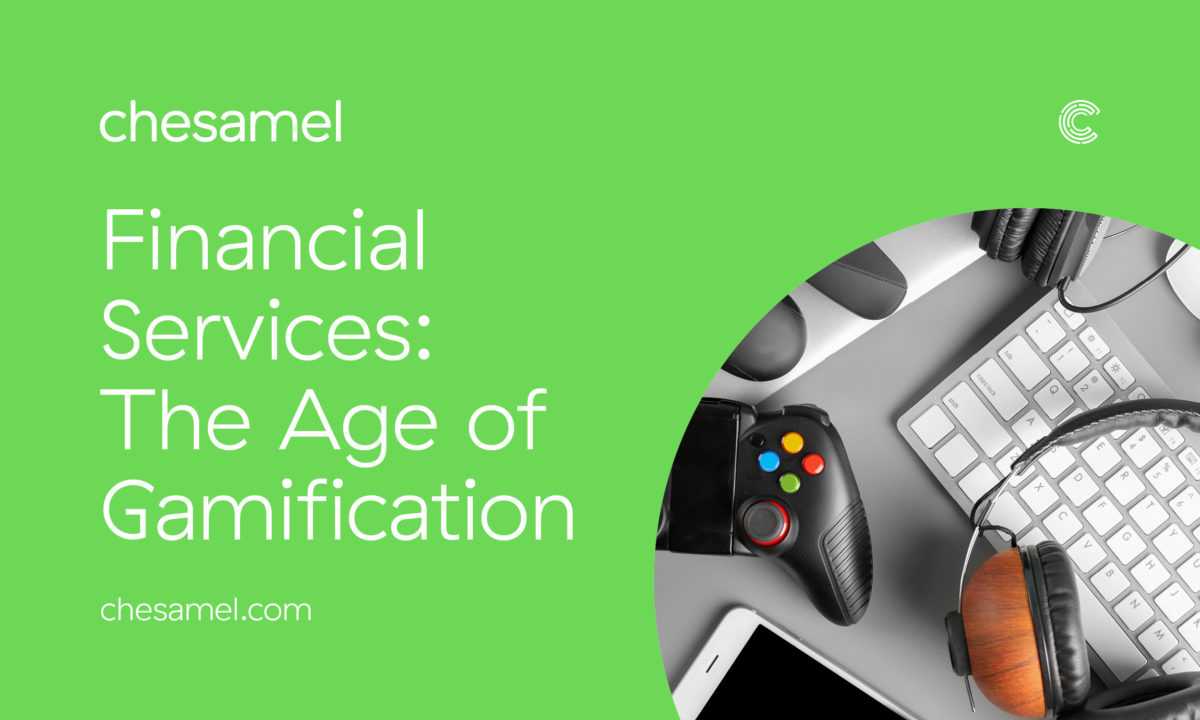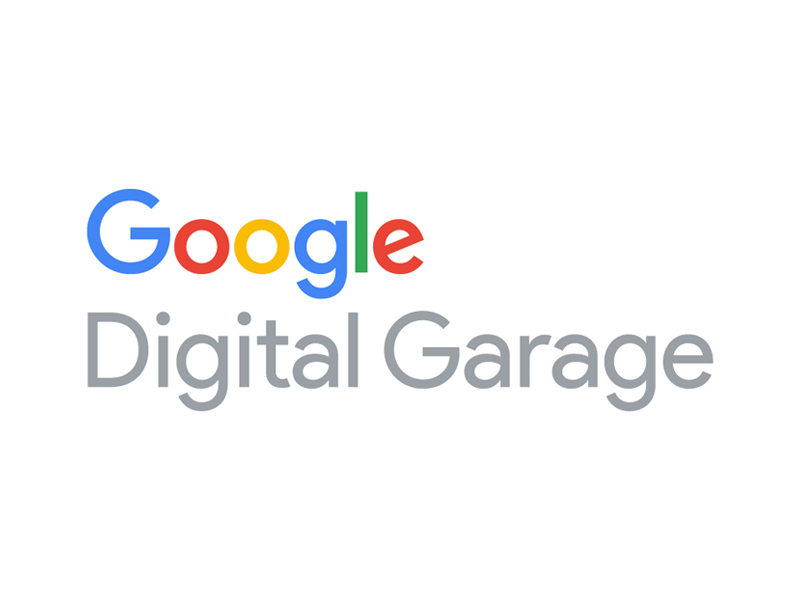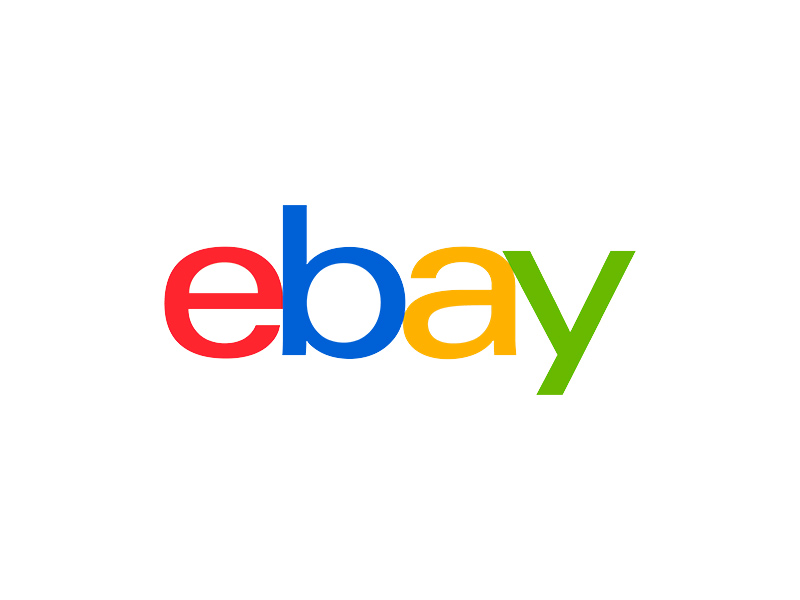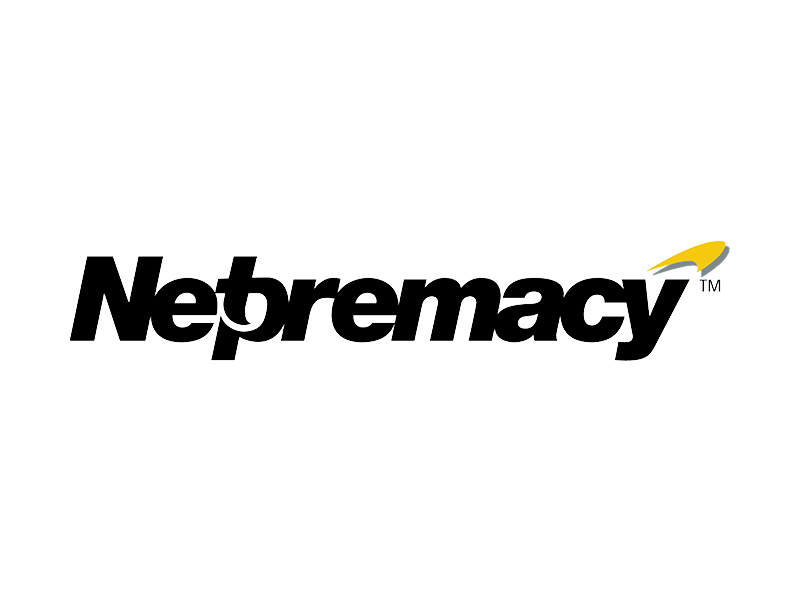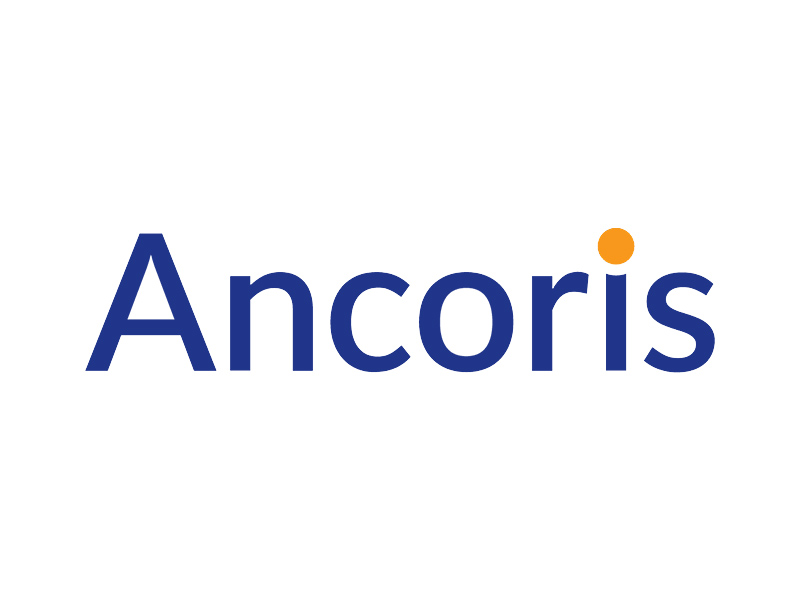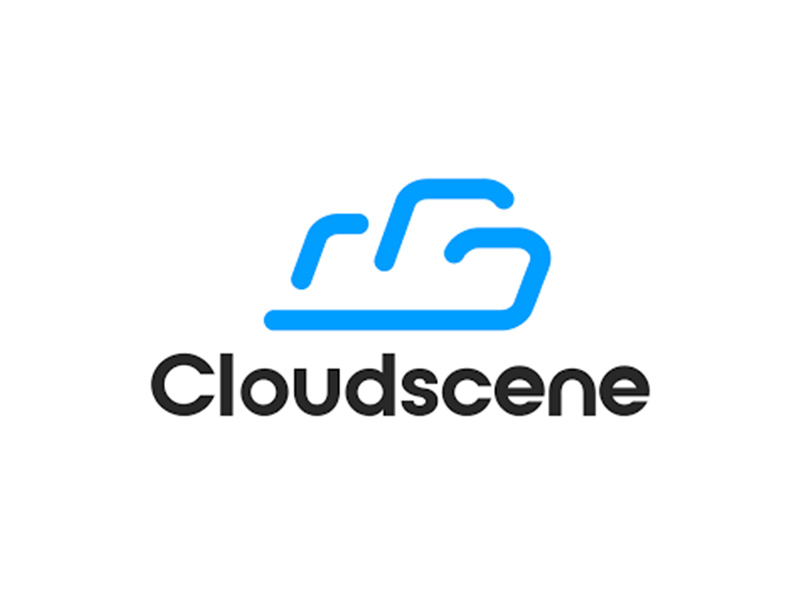What Is The Point In Social Media For Business?
It’s an incredibly powerful marketing tool, the power to reach millions across all corners of the world. By getting your brand or business on social media you can reach and build a relationship with individuals, build brand awareness and create interaction and engagement with potential, new or existing customers, establishing their personal connection with and loyalty towards your brand.
Monthly, Twitter reaches 330 million active users, just think what this could do for your business if you could reach even a small fraction of these users. Not to mention the 2.13 billion (MAU) on Facebook, 800 million on Instagram, 530 million on LinkedIn, 200 million on Pinterest and 187 million on Snapchat! You don’t need to be on all of them, some might not be appropriate for your brand or business and industry but social media is essential for most businesses’ growth in 2018.
Carrying The Brand
Your branding speaks for who you are, so be careful not to lose this when extending your brand on to social media. This is an extension of your website or web presence and you wouldn’t accept drastically different branding from page to page on your website. Your customer or visitor needs to know immediately that they have arrived in the right place, and recognise that they are viewing your brand’s page and content.
So, how can you do this?

Your Logo:
It sounds obvious but keeping your logo the same across all your social media channels is a simple step that many fall down on. You’ll likely have your logo as your profile image or cover or banner image. If you’ve changed your logo, remember to update all of your accounts (even if you have platforms that you don’t use very much), avoid having an image of an event, building, yourself, etc, on some of your social media profile images and your logo on the others, they need to be synchronized, so do your checks asap, it’s a simple one to alter.
Equally, unless you yourself are the brand, stay away from personal images, keep to brand-related images or logos for your business accounts’ profile images.

Your colour scheme:
In the interest of ensuring your customer feel they have barely left your website and are still immersed in your brand’s world, keep the colour scheme the same as the rest of your branding. Again, it’s simple but often missed. If your brand logo and website and other marketing materials are orange, your social media profiles should reflect this. Some platforms give you more creativity with this than others, but a simple example is Twitter, who allow you to choose your page’s ‘theme colour’.
Your Content & Your Language:
If you have followers on twitter who are coming to find you on Instagram, or current customers who know your brand and are now finding you on social media, it’s not wise for your content to discuss topics and themes to your brand’s and industry. By doing this you may well alienate these individuals who know your brand already. By all means, vary your content and keep it interesting but start by understanding what your customers want and expect from you and ask “how is this content relevant to my audience?”.
That said, there is scope for tailoring your language and topics for each social media platform as their audiences differ, for example:
You are an events company; your content on Twitter, Facebook and Instagram may be more focused on seasonal events, birthdays and weddings, however, your LinkedIn page may want to be more focused on corporate and business events as this is more likely the audience that you will be reaching on LinkedIn and the nature of content they will be open to consuming on this platform. However, discussing health and lifestyle tips on any of these accounts might not fit with your brand or be as well received by your audiences.
Names:
Similarly to your logo, keep, where possible, your profile and account name and the handle you use eg. ‘@chesamel’ the same across all platforms. This might not be possible if it has already been taken on some platforms, but do it where you can, and stay as close to your brand name as possible. It sounds like common sense but you’re just making it easier for people to find you. For example: If your business is called Jane’s Bakery then try and keep to @JanesBakery and not ‘DeliciousCakesJ’, much less likely to be found by anyone searching for you.
If you need a little inspiration, here’s 8 brilliant examples from Hubspot of how the big brands do it.



